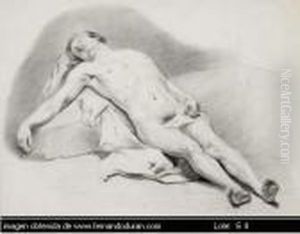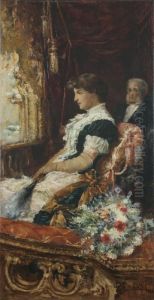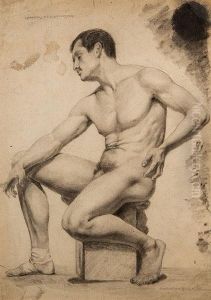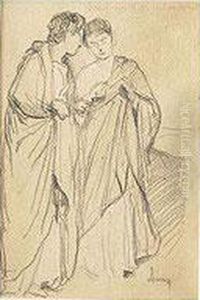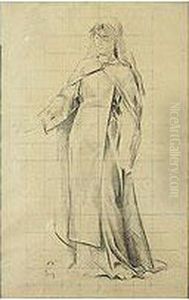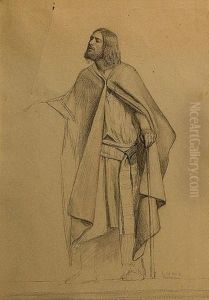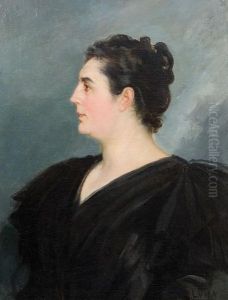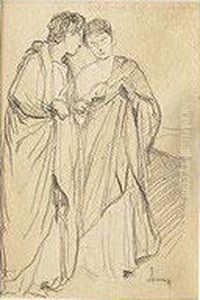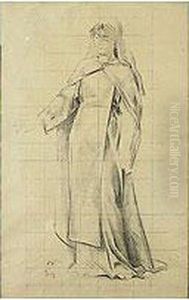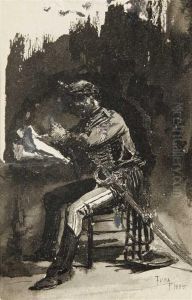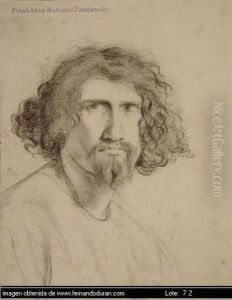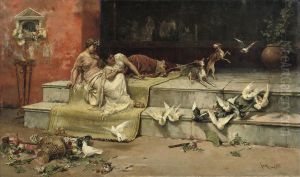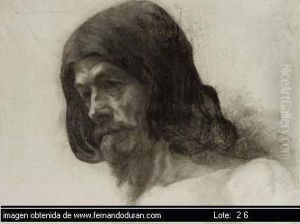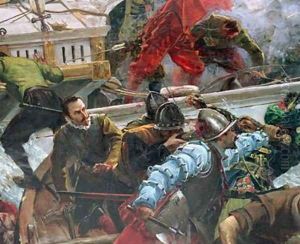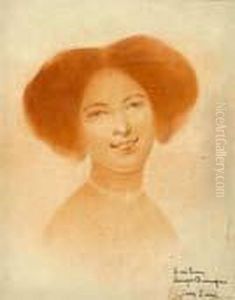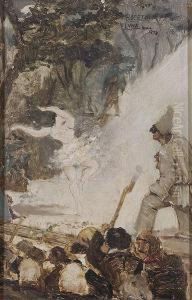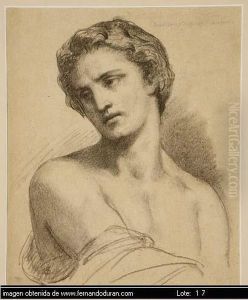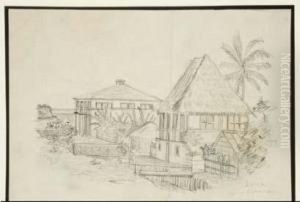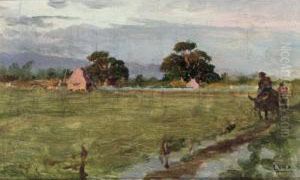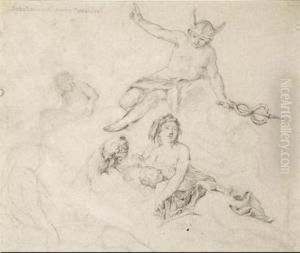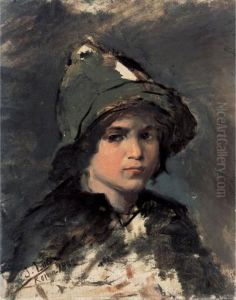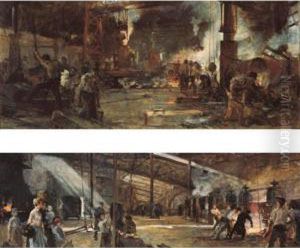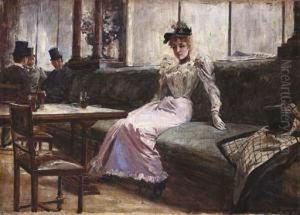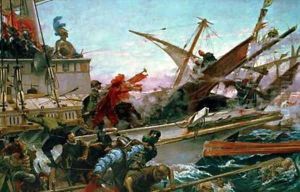Juan Luna y Novicio Paintings
Juan Luna y Novicio, commonly known as Juan Luna, was a Filipino painter and political activist of the Philippine Revolution during the late 19th century. He was born on October 23, 1857, in Badoc, Ilocos Norte, Philippines, to Joaquín Luna de San Pedro y Posadas and Laureana Novicio y Ancheta. Luna developed an interest in art at an early age and was sent to Manila for his education. He then traveled to Europe to further his studies, where he was notably influenced by the art movements of the time, including Romanticism and the growing trend of Realism.
In 1881, Luna enrolled at the Real Academia de Bellas Artes de San Fernando in Madrid, Spain, where he honed his skills as a painter. His work quickly gained recognition, and in 1884, his painting 'Spoliarium' won a gold medal at the Exposición Nacional de Bellas Artes in Madrid, which was a significant achievement and brought him international fame. The painting depicted fallen Roman gladiators being dragged away, and it was seen as an allegory for the suffering of the Filipino people under Spanish rule.
Throughout his career, Luna produced other notable works, including 'The Death of Cleopatra,' 'The Battle of Lepanto,' and 'Blood Compact,' blending Western painting techniques with Filipino themes and narratives. His art was not only a reflection of his technical prowess but also an expression of his political convictions. Luna became an active member of the Propaganda Movement, which advocated for political reforms in the Philippines.
Luna's personal life was marked by tragedy when, in a fit of jealousy, he killed his wife, María de la Paz Pardo de Tavera, and mother-in-law in 1892, a crime for which he was later acquitted due to temporary insanity. After these events, he returned to the Philippines and then moved to Paris, where he continued to paint and engage in the politics of the Philippine Revolution.
Juan Luna died in Hong Kong on December 7, 1899, at the age of 42. His legacy lives on as one of the most important figures in Filipino art history. His works are celebrated for their technical skill and their role in the rise of Filipino nationalism. They continue to inspire new generations of artists and remain a source of national pride for the Philippines.
